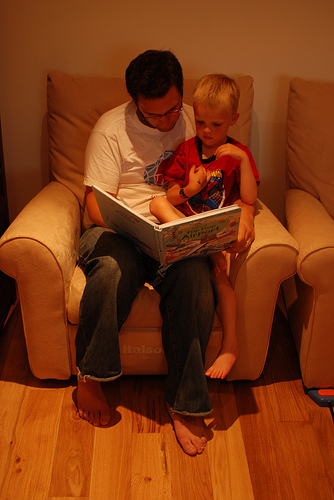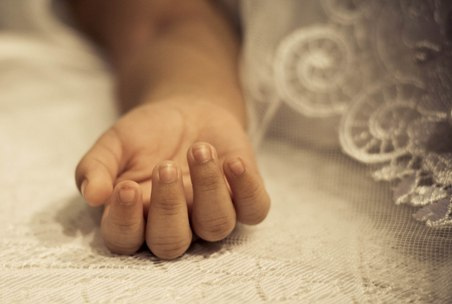
“Like many parents, ‘consequences’ is one of my buzzwords.
via Truths About Consequences | Janet Lansbury.
How does a child learn about consequences?
In some instances, it is literally a painful learning experience. For example, when a child accidentally touches something hot he will feel the pain or consequence of being burned.
Sometimes it seems, we as parents and grandparents try to teach consequences by punishment.
Is this a good way for a child to learn consequences? I am thinking, not so much.
If you want your child to be in bed at a certain time and they enjoy story time before bed then they must learn to get ready for bed leaving enough time for a story or face the consequence of having no story.

It takes time to set up a ritual and a proper time frame…young children must learn the steps to get ready for bed within defined time frames. This takes effort, for me the “stick-to-it-ive-ness” of this effort is the most difficult part.
I know that young children are comforted and feel secure with rituals, even if they balk at them. They actually want us, as parents and grandparents, to take charge, just as we want help when we are tired and feeling overwhelmed.
So, why not step up and help them? It will pay off with happiness on both sides of the equation.

If your little one does not stick to the bedtime ritual time frames then the outcome will be “lights out” and no story time . This is a consequence of the child’s own behavior. Your child can learn can learn that it is not a punishment yet it is a consequence of not getting ready for bed in a timely manner.
Of course,the time frames must be monitored by the grown-up and the child must be given enough guidance about how he is doing in achieving his goal of getting to bed with enough time for a story. Perhaps, you have to set an alarm on your phone to keep you and your child on the schedule.
It will be rewarding in the longterm to have a child that understands that a negative consequence is not a punishment for his “bad” behavior. However, it is a result of not following directions and doing what he needs to do to get the things that he wants to have…like story-time before going to sleep.




